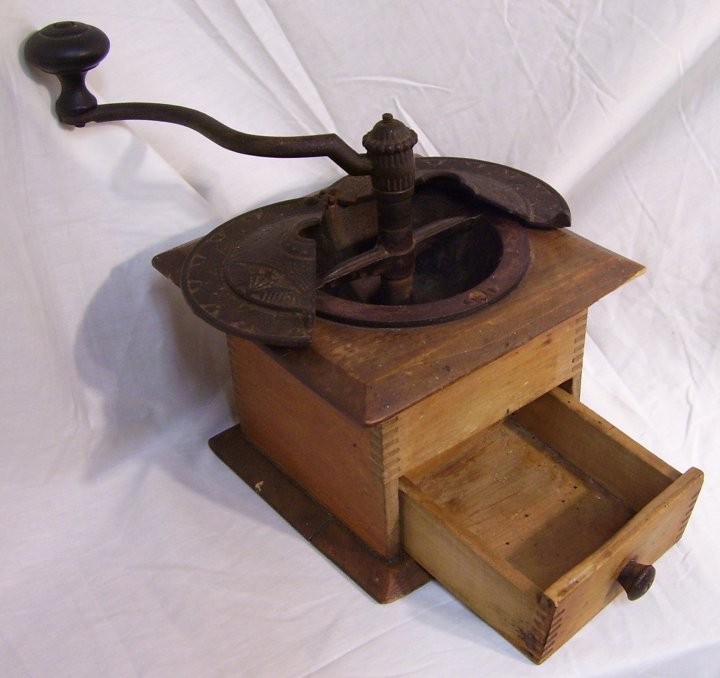Low-calorie and low-alcohol wine
Taste test: low-calorie and low-alcohol wine

Zoe Williams with low-calorie and low-alcohol wine. Photograph: Graham Turner for the Guardian
Ah, summer … the carefree season, one seamless tunnel from work to the pub garden. It’s like a Barclaycard advert, without the idiotic shopping. The wine is suddenly pink, which means it isn’t really wine, it’s more of a magical potion. But the days of devil-may-care wine supping, when calories didn’t count and alcohol was the whole point, are over. Virtuous wines are ubiquitous. Most supermarkets now calorie-count their wines and New Zealand is trying to lead the world with its low-cal vintners in a $16.97m industry push, a significant part aimed at the British market.
So if we’re going to be faced with a load of “healthier” wines, a word on the terminology; it is confusing. There are “light wines”, sometimes known as “lifestyle wines”, which can mean low calorie (“skinny wines”), low alcohol or both. A bottle will typically only measure one thing, so a low-calorie wine often won’t shout about how much alcohol it has. It sometimes won’t even tell you what grape it is. A low-alcohol wine will often not acknowledge that calories exist.
In any case, it’s meaningless, given the reason wine sabotages diets is not a high calorie-per-millilitre rating, but that it makes you drunk and then you don’t care about your stupid diet. So even though technically they aren’t, we can consider low-alcohol and low-calorie wines interchangeable.
Within the sub-categories of virtuous wines, there are complicated hierarchies. Some people think low-alcohol is fine, while low-calorie is vulgar. Others think low-alcohol is OK if it’s naturally occurring (maybe from a cool climate … mmm … sounds delicious), but actively removing alcohol from wine is crass. I would agree with this, incidentally – having tried Asda’s alcohol-removed, 0.5% chardonnay, there are many things I could say about its taste, but the most polite is: “This doesn’t taste at all like chardonnay.”

Brancott Estate Flight wine. Photograph: Sarah Lee for the Guardian
This was by no means the worst wine, but it was the first, and therefore suffered from the weight of expectation, viz, that it would be just like normal wine, only lighter. It’s not. It is extremely sweet and thin, though it did improve the colder it got. How cold would it have to be before you’d choose to drink it? Really cold, but not so cold that it would defy the laws of the natural universe.
Source: The Guardian Read more about different low-cal, low alcohol wine






























































Pingback: Thursday’s Homework | Homework